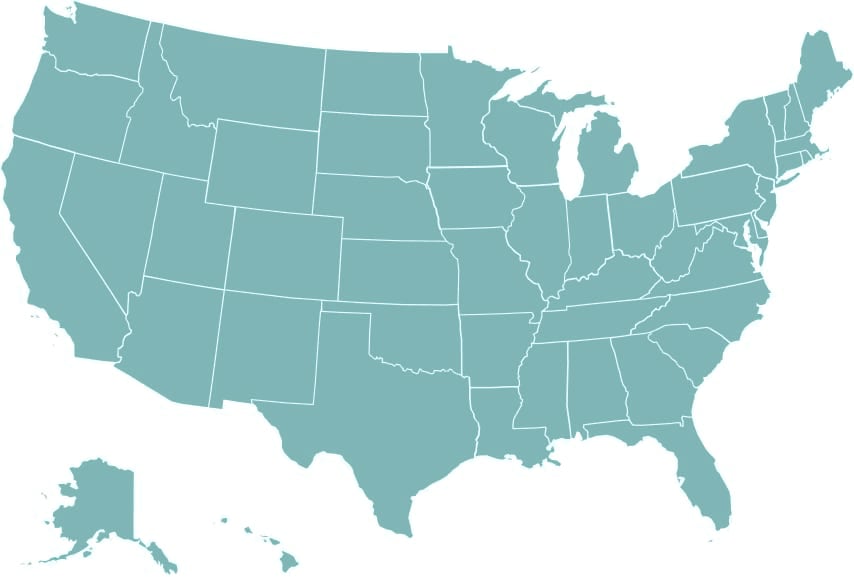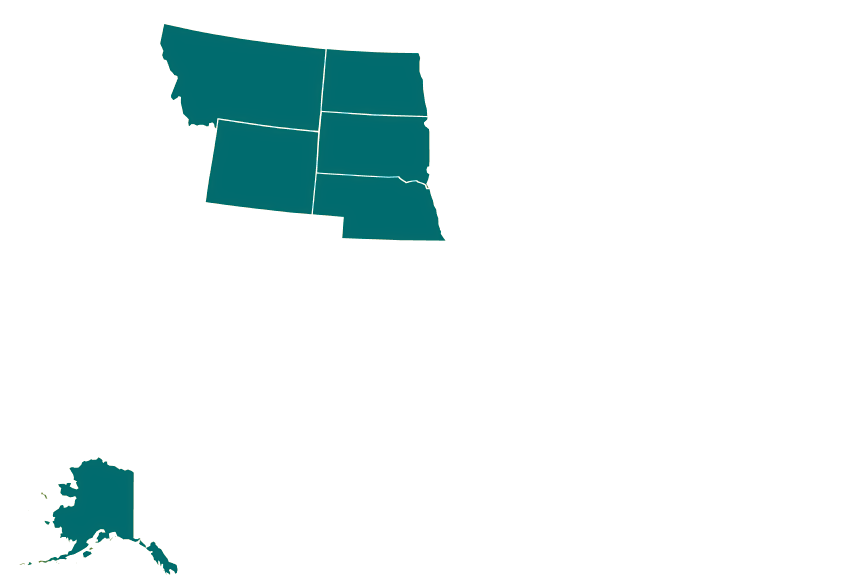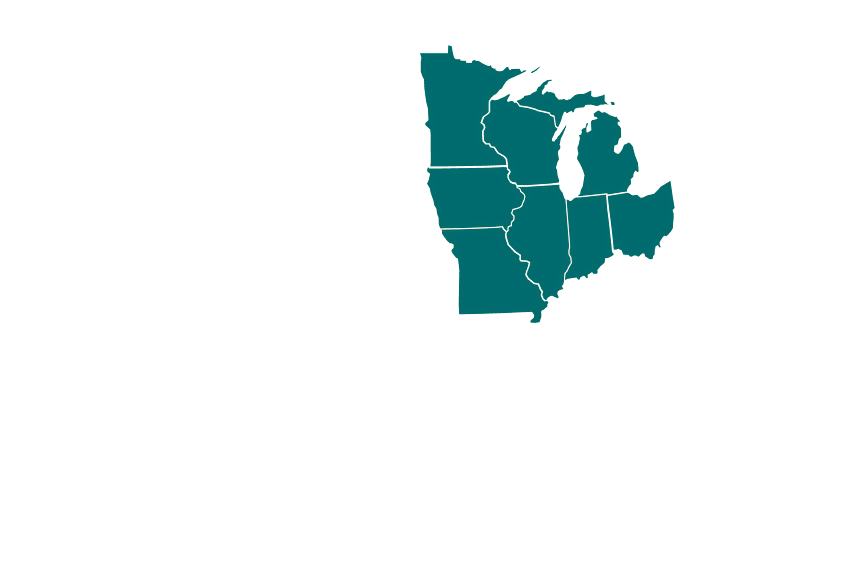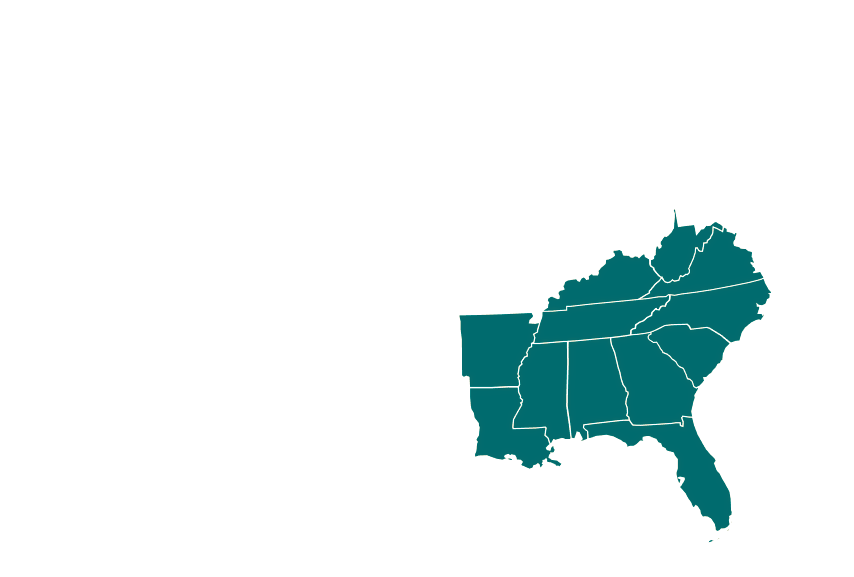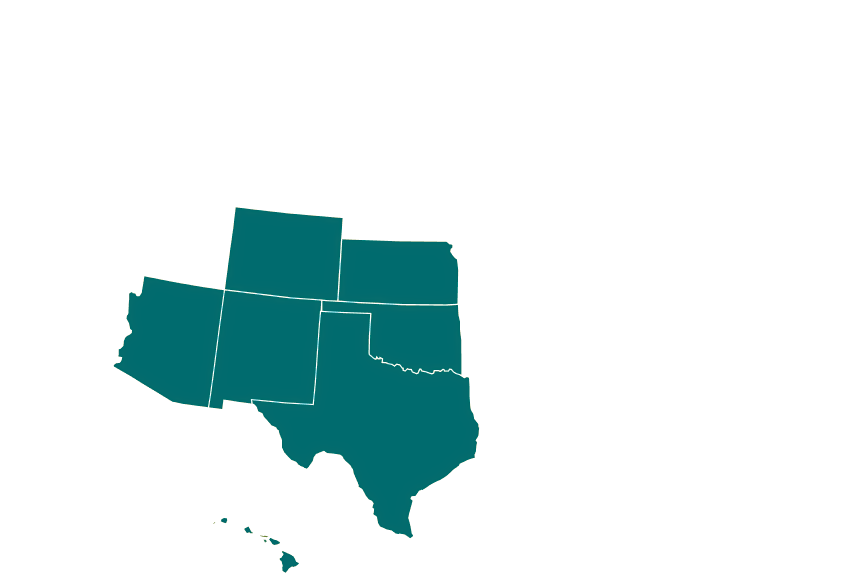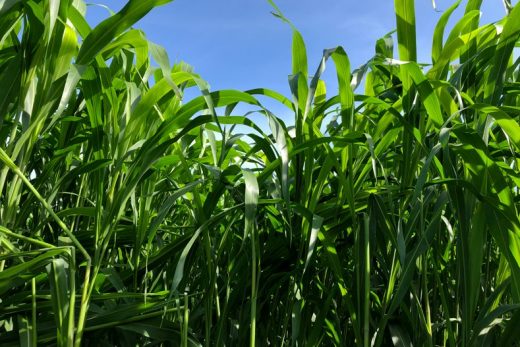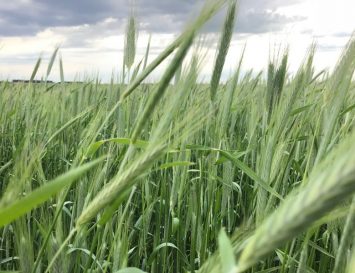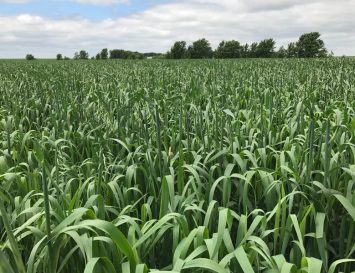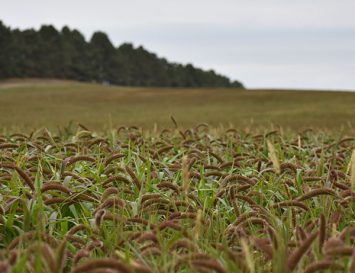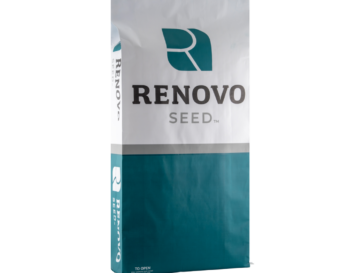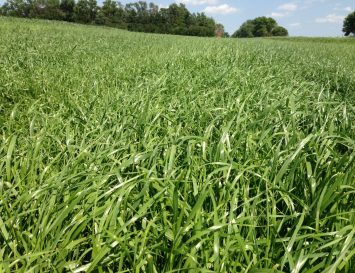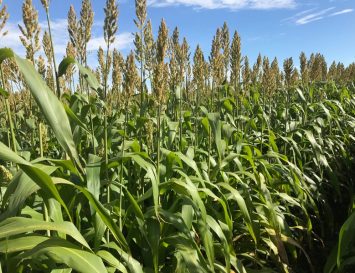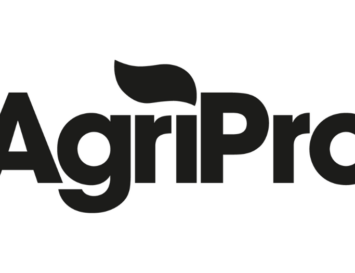Cowboy – Sorghum Sudangrass
$45.00 – $1,800.00
Need some help? Contact us.
Description
Sorghum Sudangrass is a warm-season annual grass developed as a hybrid cross between forage sorghum and sudangrass. It is commonly used as a versatile forage option for grazing, hay, or silage. Cowboy displays rapid growth and can reach heights of 6-8’ tall at maturity. Unlike forage sorghum, sorghum x sudangrass hybrids will regrow the following harvest by cutting or grazing. Sorghum x Sudangrass is very drought tolerant and will grow well during the heat of the summer under limited moisture conditions. It is used throughout the U.S. and can be productive in northern environments that have a short growing season. It will do best on well-drained soil and does not tolerate flooding or standing water. Cowboy is a high performing, economical sorghum x sudangrass hybrid with excellent yield potential.
Drilled Seeding Rate | 15-20 lbs/acre
Product Guide
Planting
- Planting Time: Late Spring – Early Summer
- Sorghum sudangrass needs a minimum soil temperature of 60 degrees to germinate.
- Drilled Seeding Rate: 15-20 lbs/acre
- Higher seeding rates will produce forage that is finer stemmed and easily cured for hay. Lighter rates will produce lower populations of more coarse stemmed plants most suitable for chopping or grazing.
- Ideal Seed Depth: ¾” – 1”
Fertility
- Sorghum sudangrass requires approximately 30 lbs of N, 9 lbs of P₂O₅, 34 lbs of K₂O, and 6 lbs of S per ton of forage produced.
- Make fertilizer applications based on expected yield and soil fertility levels.
- Apply ½ rate of nitrogen before or immediately after planting, and the other ½ rate 30 days after emergence.
- If crop is intended for multiple cuttings, split apply the total rates recommended between each cutting.
- Do not exceed a total of 10 lbs/a of N+K if fertilizer is placed in-furrow at planting.
Weed Control
Plant into a clean, weed-free seed bed and use the herbicide options below for optimal weed control:
| Timing | Herbicide | Rate | Notes | Weeds Controlled | Control Method |
| Preplant or Preemergence | Atrazine 4L (Atrazine) | 3.2-4 pts/a | Apply within 2 weeks prior to planting, or after planting but before crop emergence. | Broadleaves | Contact & Residual |
| Glyphosate** | 32 oz/a | Apply any time before crop emergence. | Grasses & Broadleaves | Contact | |
| Post-emergence | 2,4-D Amine | 1.0-2.1 pts/a | Apply when crop has at least 6 leaves, is well established, and is 5″-10″ tall. | Broadleaves | Contact |
| Starane Ultra (Fluroxypyr) | 0.3-0.4 pts/a | Apply from 2-leaf stage and prior to early boot. | Broadleaves | Contact |
Disclaimer: All products and rates were provided by university-based sources and product labels. Always follow label instructions and consult your local chemical dealer and seed dealer before making any applications or planting of seed.
Harvest Management
- Hay: Cut in the early boot stage for the fastest dry down and leave a stubble height of 6-8” for optimal regrowth.
- Silage/Haylage: Cut in the boot stage and leave a stubble height of 6-8” if planning for multiple cuts. Cut in the mid-dough stage if planning for a single harvest.
- Grazing: Begin when plants are a minimum of 18-20” tall and graze to a stubble height of 6-8” to allow regrowth before grazing again. Use a rotational system for best in-season utilization by livestock, or allow full growth for fall and winter grazing.
- Nitrates: Sorghum sudangrass that is stressed to the point of stunted growth can accumulate nitrates in the lower portion of the plant and should not be grazed or hayed during these stress periods. Ensiling sorghum-sudangrass with high levels of nitrates will reduce them to safe levels.
- Prussic Acid: Avoid grazing sorghum-sudangrass for 5-7 days following a killing frost due to the potential for prussic acid concentrations to reach toxic levels. After this period, it is safe to graze for the remainder of the season. If haying, the drying process will allow prussic acid to exit the plant and hay will be safe to feed. Ensiling also eliminates prussic acid concerns in sorghum-sudangrass.
Multiple Regions
Every acre is different and our goal is to help you know what works best in your area. This 'Growing Regions' section showcases where this species works best. If you have any questions on product placement, feel free to contact our experts and we will help!
